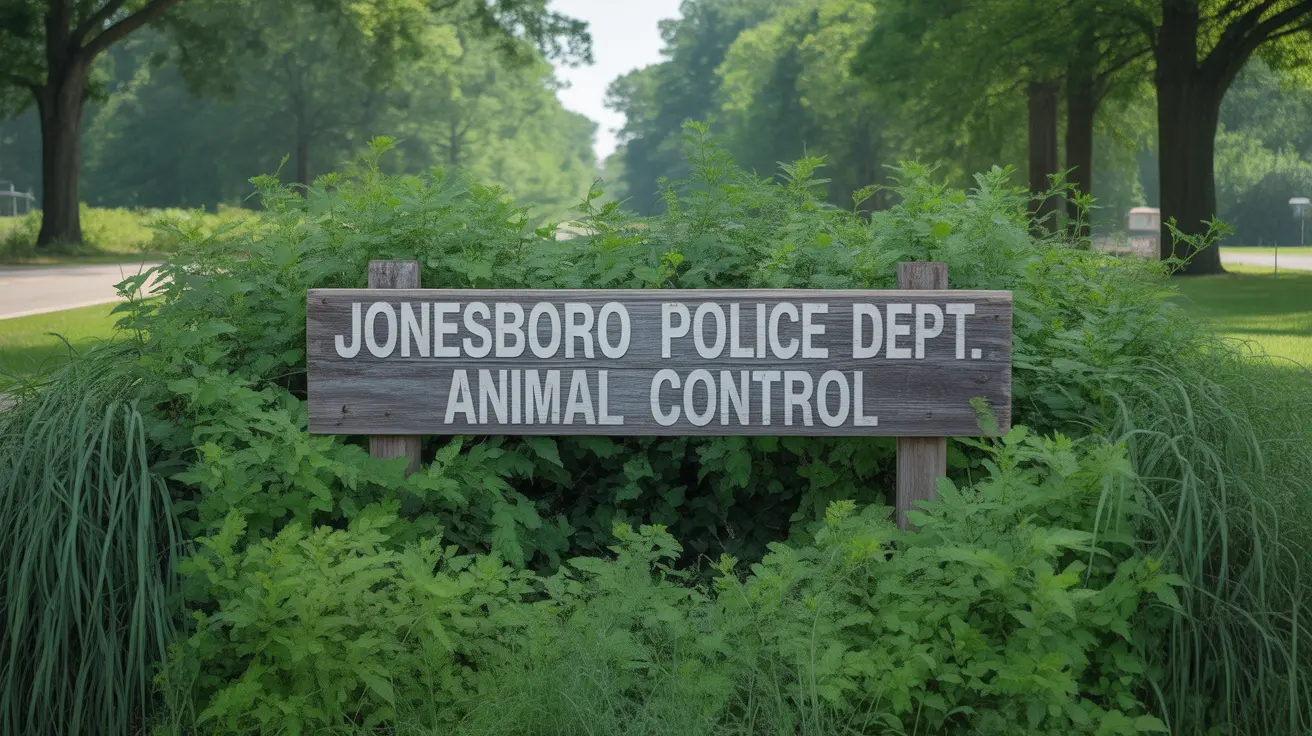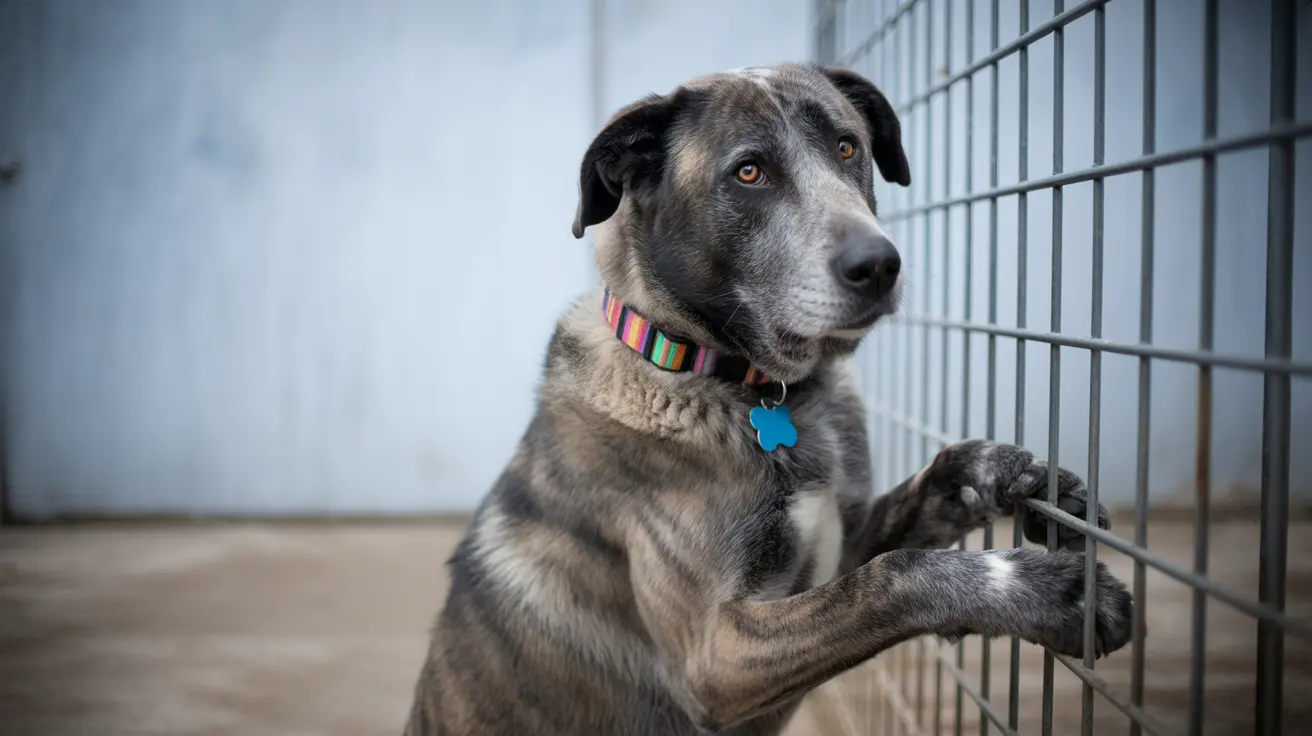Understanding Cat Pupil Changes: What Do They Mean?
Anyone who shares their home with a cat has probably noticed how dramatically a feline's pupils can change shape and size. One moment, your cat's eyes might be wide and round; the next, their pupils are narrowed to thin slits. These shifts aren't random—they're essential cues to your cat's mood and environment.
The Basics of Cat Pupils
Cats have vertical slit-shaped pupils that can open wide or contract into narrow lines. This unique design helps them adapt quickly to changing light conditions and enhances their hunting abilities. But pupil changes aren't just about vision—they're also windows into your cat's emotions.
Why Do Cat Pupils Change?
- Light Levels: The most basic reason for pupil change is lighting. In dim conditions, a cat's pupils dilate (become large and round) to let in more light. In bright settings, they constrict (become narrow slits) to protect sensitive eyes.
- Emotional State: Pupil size often reflects how a cat feels. Excitement, fear, or surprise can cause sudden dilation. Conversely, anger or agitation may make the pupils shrink.
Pupil Changes and Cat Communication
Your cat can't tell you how they're feeling with words, but their eyes speak volumes. Here’s what different pupil shapes might signal:
- Wide, Round Pupils: This usually means your cat is highly alert—perhaps excited by playtime or startled by an unexpected noise. Wide pupils also appear when cats are scared or anxious.
- Narrowed Slits: When a cat’s pupils become thin vertical lines, it could mean they’re feeling aggressive or threatened—especially if paired with flattened ears and a twitching tail. Of course, it might simply be sunny in the room!
Pupil Changes During Play
If you’ve ever dangled a toy for your feline friend, you might have noticed their eyes grow huge as they stalk and pounce. This dilation helps them focus on movement and react quickly—a throwback to their wild ancestors’ hunting instincts.
Medical Reasons for Unusual Pupil Changes
While most shifts in pupil size are normal reactions to mood or environment, some patterns can signal health issues:
- Pupils that remain dilated even in bright light
- Pupils that don't match in size (a condition called anisocoria)
If you notice these signs along with other symptoms like lethargy or confusion, it's time for a veterinary check-up.
How to Read Your Cat’s Eyes—In Context
Pupil changes alone don’t tell the whole story. Watch your cat’s body language: Are they crouched low with fur puffed up? Are their ears back? Combine these clues with what you see in their eyes for a clearer picture of what’s going on inside that mysterious feline mind.
- If your cat’s eyes are wide but they’re relaxed and purring on your lap, they’re probably just content—or sleepy!
- If those same wide eyes come with hissing and arched back, fear is likely the cause.
Fun Facts About Cat Eyes
- Cats see well in low light thanks to their ability to dilate pupils dramatically.
- Their vertical pupils give them an edge as ambush predators—they can judge distance precisely before leaping at prey.
When Should You Worry?
If one pupil stays larger than the other for more than a few hours—or if you notice cloudiness or discharge—schedule a vet visit. Sudden changes without obvious cause can sometimes point to eye injuries or neurological issues.
The Takeaway
Your cat’s shifting pupils aren’t just fascinating—they’re practical signals about mood and health. By paying attention to these subtle cues (and considering the context), you’ll deepen your understanding of your feline companion—and maybe even strengthen your bond along the way.





